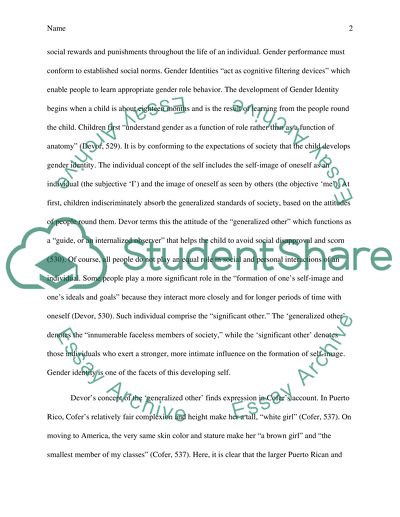Cite this document
(“Gender equality in the contemporary social debate Essay”, n.d.)
Retrieved from https://studentshare.org/sociology/1471809-essay
Retrieved from https://studentshare.org/sociology/1471809-essay
(Gender Equality in the Contemporary Social Debate Essay)
https://studentshare.org/sociology/1471809-essay.
https://studentshare.org/sociology/1471809-essay.
“Gender Equality in the Contemporary Social Debate Essay”, n.d. https://studentshare.org/sociology/1471809-essay.


